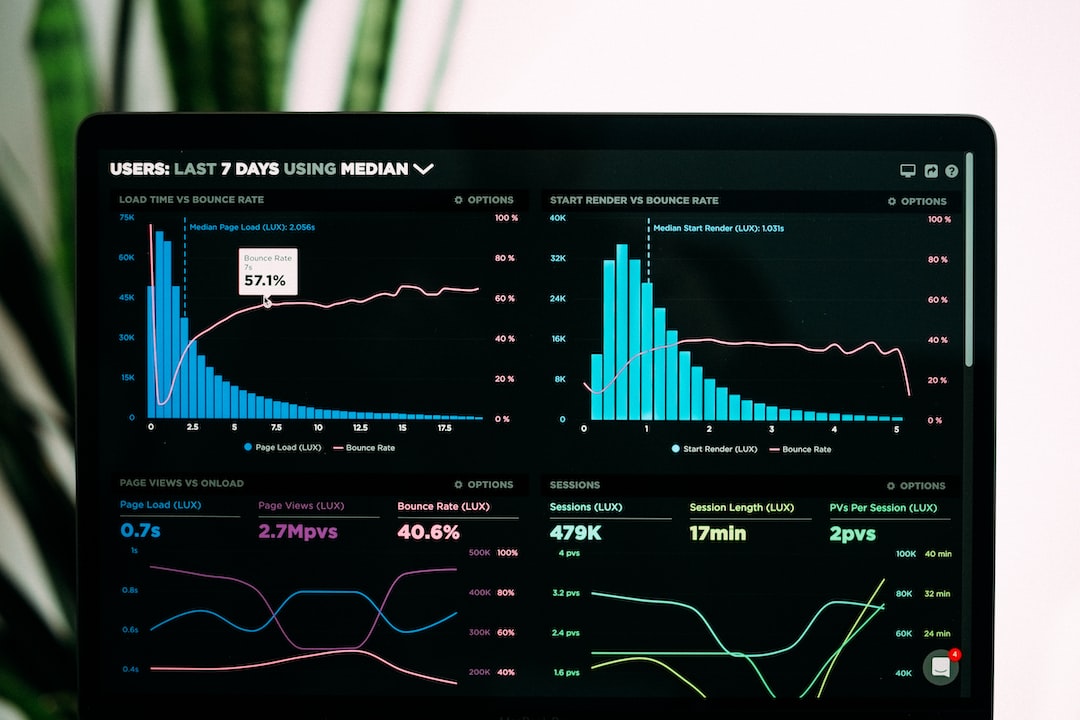The Power of Influencer Marketing: How to Leverage Social Media Influencers
In today’s digital age, social media has become an integral part of our daily lives. With billions of people actively engaging on platforms such as Instagram, YouTube, and TikTok, it’s no wonder that brands and businesses are turning to influencer marketing as a powerful strategy to reach their target audience.
But what exactly is influencer marketing, and how can you leverage social media influencers to grow your business? Let’s dive in and explore the power of influencer marketing and the steps you can take to effectively implement it into your marketing strategy.
In a nutshell, influencer marketing is a form of collaboration between brands and social media influencers. These influencers are individuals who have established a loyal, engaged following in a particular niche. They have the power to influence their followers’ purchasing decisions through genuine and authentic content creation.
One of the main advantages of influencer marketing is the ability to tap into a highly targeted audience. By partnering with influencers who align with your brand’s values and target market, you can directly connect with potential customers who are already interested in your industry or products. This ensures that your marketing efforts are precisely directed towards people who are more likely to convert into customers.
So how can you leverage social media influencers effectively? Here are some steps to consider:
1. Identify your goals and target audience: Before diving into influencer marketing, it’s essential to define your goals and understand who your target audience is. Are you looking to increase brand awareness, drive sales, or expand your reach? Knowing your objectives will help you find influencers whose content and followers align with your goals.
2. Research and find the right influencers: Social media is brimming with influencers across various niches. Take the time to research and identify influencers who have built a genuine following in your industry. Look at their engagement rates, quality of content, and whether their values align with your brand. Tools like BuzzSumo and Social Blade can assist you in finding influencers based on metrics such as followers, engagement, and audience demographics.
3. Build genuine relationships: Once you’ve identified potential influencers, start building genuine relationships with them. Engage with their content, leave thoughtful comments, and share their posts. Building rapport with influencers before reaching out for collaboration can significantly increase your chances of success. Furthermore, consider offering influencers value upfront by promoting their content or providing exclusive access to your products, thereby creating a symbiotic relationship.
4. Define the terms of collaboration: When reaching out to influencers, clearly define the terms of collaboration. Discuss the type of content you expect, the timeline, and any contractual obligations. It’s crucial to establish a mutually beneficial agreement to ensure a long-lasting partnership. Remember, influencer marketing is about creating authentic content, so let influencers have creative freedom while maintaining your brand guidelines.
5. Track and measure results: Like any marketing strategy, it’s essential to track and measure the results of your influencer campaigns. Set key performance indicators (KPIs) such as reach, engagement, traffic, and conversions to gauge the effectiveness of your collaborations. Tools like Google Analytics and social media analytics provide valuable insights to measure the ROI of influencer marketing.
Influencer marketing is a rapidly evolving landscape, and as a marketer, it’s vital to stay updated with the latest trends and changes. Here are a few trends to keep an eye on:
1. Micro-influencers: While macro-influencers with large followings have their advantages, micro-influencers (those with smaller but highly engaged audiences) are gaining traction. Their niche expertise and close relationships with followers make them highly influential within specific communities.
2. Authenticity and transparency: As consumers become more aware of sponsored content, transparency is key. Influencers who are transparent about brand partnerships and create genuine content are likely to maintain trust and credibility with their audience.
3. Video content: Video continues to dominate social media platforms, and influencer marketing is no exception. Collaborating with influencers who excel at creating engaging video content allows you to captivate your audience and convey your message effectively.
4. Long-term partnerships: Instead of one-off collaborations, brands are now exploring long-term partnerships with influencers. By engaging in sustained relationships, you can establish a consistent presence in the minds of your target audience and foster stronger brand loyalty.
In conclusion, influencer marketing has emerged as a powerful tool to harness the reach and influence of social media influencers. By strategically identifying and partnering with influencers who align with your brand, you can maximize your reach and connect with a highly targeted audience. Remember to build genuine relationships, define clear collaboration terms, and track the results to optimize your influencer marketing campaigns. As social media continues to evolve, staying well-informed about the trends and changes in influencer marketing is crucial to staying ahead in the game.

